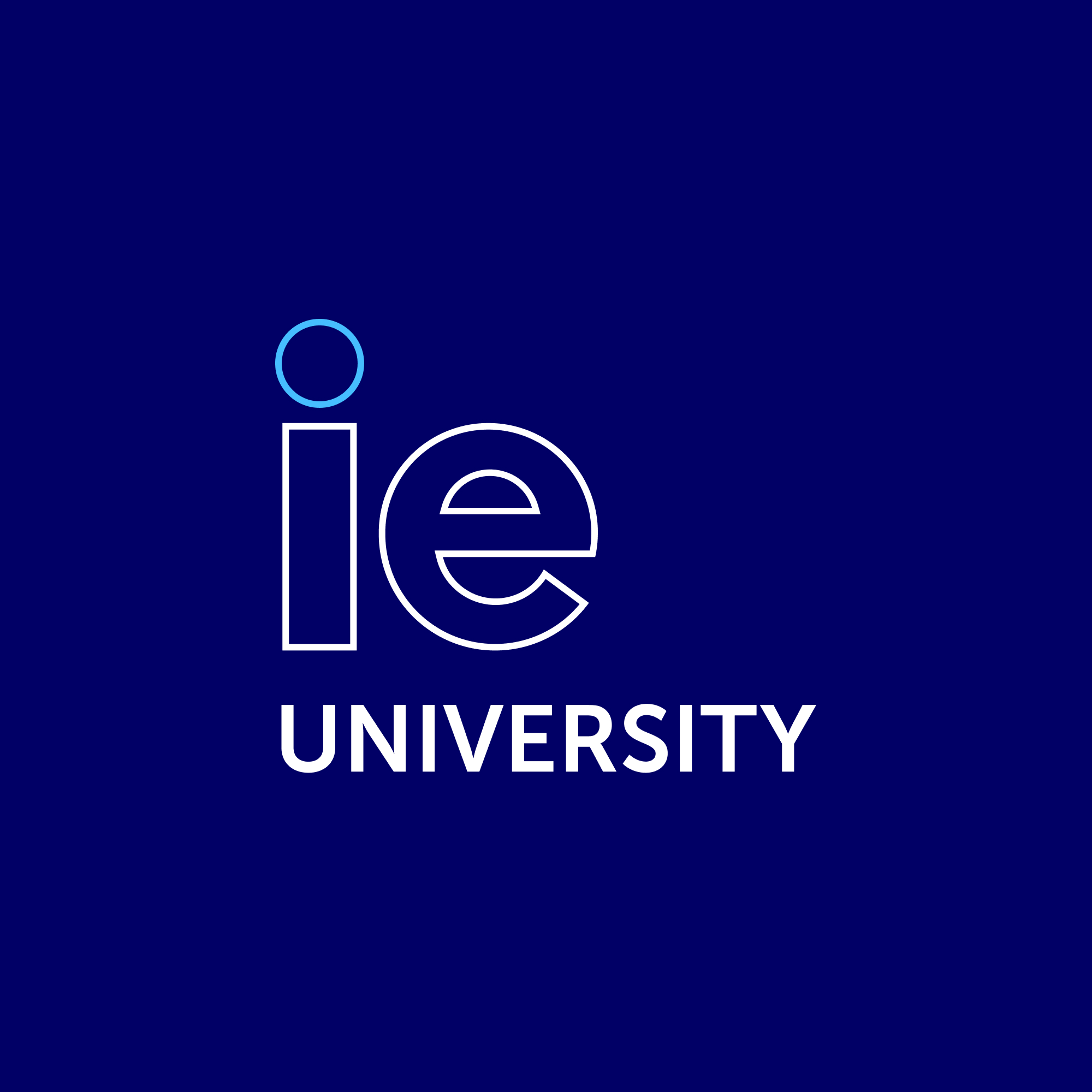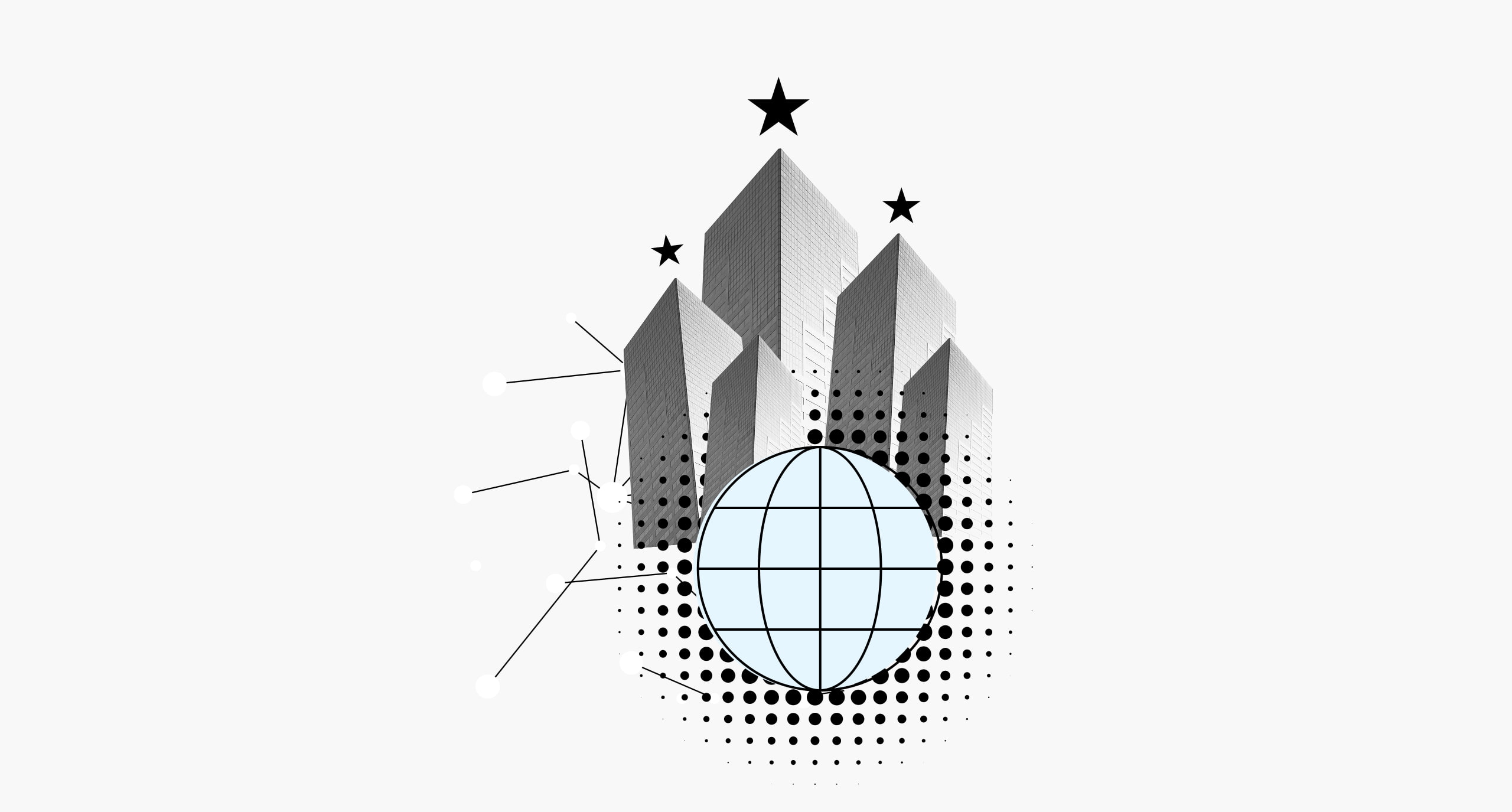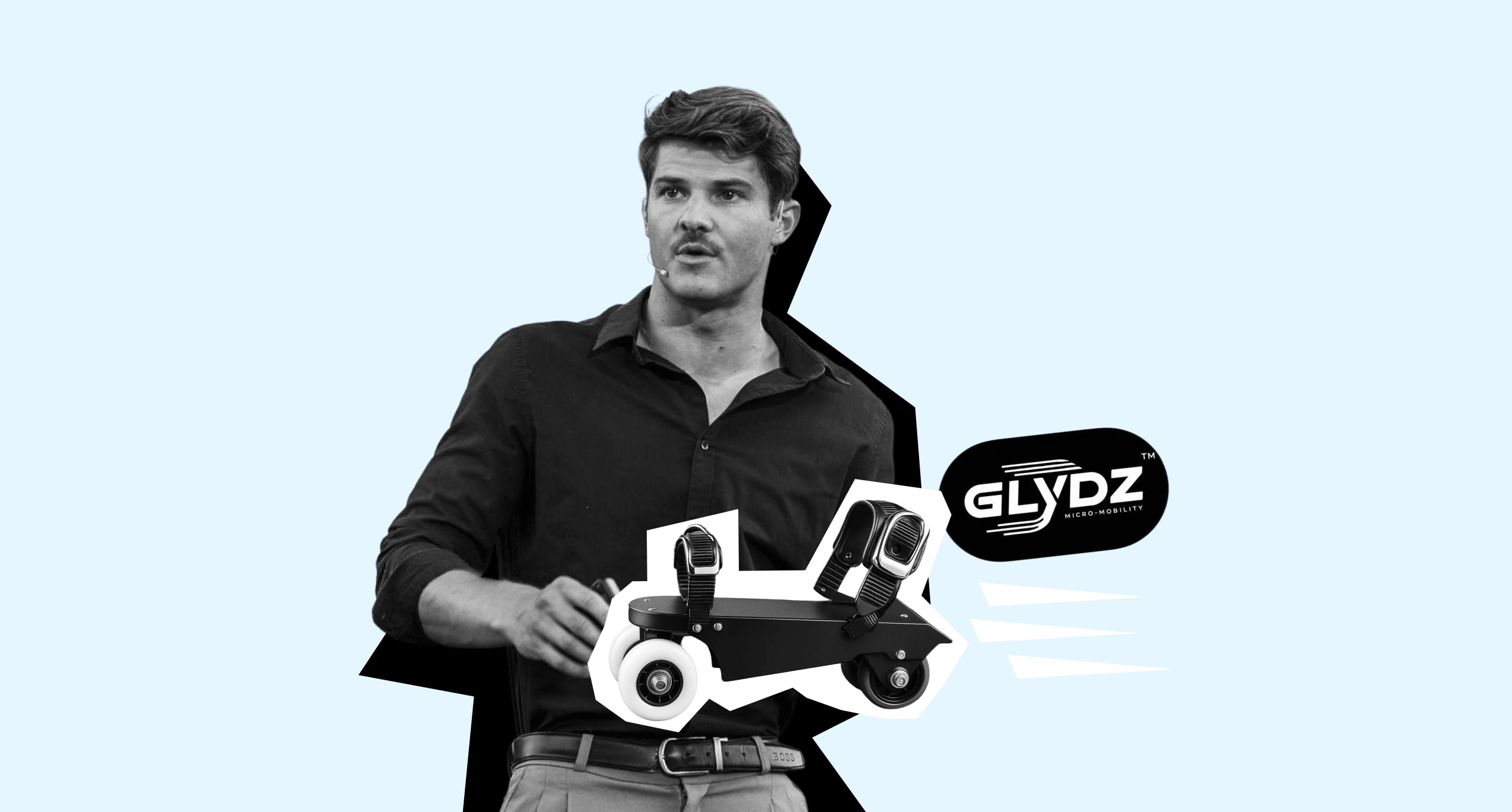When Henry Aschke joins the call, he’s pedaling on an exercise bike. Between client trips, red-eye flights, and late-night Python models, he’s fighting to stay fit. “It’s going extremely well—busy but rewarding,” he says on the edge of a sweat. We subsequently pack the usual half-hour chat into fifteen minutes at double the km/h. “A lot of travel, a lot of complex problems you’re solving with your team. The learning curve is pretty steep.”
A graduate of the Master in Computer Science & Business Technology, Henry’s built the kind of career most people only talk about. He’s consulting for McKinsey in energy and tech, juggling strategy with data modeling, and chasing excellence with a kind of intensity that never really switches off.
What’s it like working at McKinsey?
“Basically 60 to 65% of my job is traditional consulting—client-side work, particularly in energy and technology,” says Henry. “The other 40% I spend building data models or forecasting energy demand. Everything’s connected.” His hybrid role keeps him on the edge of both analysis and execution, where numbers drive billion-euro decisions.
Right now, he’s deep in an automotive case in Europe. “We’re doing complex calculations in Python and Excel VBA to decrease costs,” he explains. “You’ve got Tier 1, Tier 2 suppliers, market analysis, production—it’s a deep system. You have to actually understand the numbers.” It’s the kind of work that rewards endurance as much as intelligence.
“This week I had no time to go to the gym,” he says. “But that’s how you create impact for the client. If you work from nine to five, your results look like nine to five. If you work from eight to two, they look different. And the client notices.”
How do you get a job at McKinsey?
Unsurprisingly, Henry’s obsession with excellence didn’t start in consulting. “In university, I’d study until two or three in the morning,” he says. “If I do something, I want to do it correctly.”
It makes sense, since that same mindset carried him through one of the toughest recruitment processes in business.
“McKinsey has five interviews,” he explains. “The first is HR. The next four are one hour each—30 minutes personal experience, 30 minutes problem-solving. You need a real story, like inclusive leadership, and they’ll drill you with follow-ups. You can’t fake it.” Then comes the case: “You break down the problem, do the math by hand, talk about risks, and deliver a synthesis.”
IE School of Science & Technology helped him sharpen that edge. “They gave me CaseCoach access, mock interviews with Sean, and credits to speak with a McKinsey recruiter. Then I just practiced nonstop. It’s rough, but doable if you really want it.”
How did the Master in Computer Science & Business Technology help Henry?
Before studying his master’s degree in Madrid, Henry had already worked in the US as an IT project manager. But he wanted more depth. “I’d managed IT projects but never studied it,” he says. “So I started from zero. I had some island knowledge—bits that didn’t connect.”
That changed fast. “At IE I learned how to actually think like a developer. It doesn’t matter if it’s Excel, Python, or C—you learn how to structure a problem and develop it.” Those mental models are what he now uses daily at McKinsey, where he codes in the firm’s internal language to solve data problems across sectors.
“It would’ve been way harder to get the position without the master,” he says. “The IE brand opens doors. And the competition inside the program toughened me up. You learn teamwork, but you also learn how to perform under pressure.”
What advice does Henry have for future candidates?
“I’d definitely recommend doing it,” Henry says. “Especially if you want to break into tech.” For him, the real advantage is how much you can extract from the experience if you stay proactive.
“Use everything IE offers—clubs, events, networking,” he says. “Look left and right, explore what interests you, not just what’s written in the syllabus. You’re diving into a world of IT. Find out what part of it actually fits you.”
And even he admits the mindset shift matters as much as the output. “Take it easy. You’re in Madrid. Don’t freak out about grades. Learn, stay active, find what you love. The rest comes by itself.”
What’s next for Henry Aschke?
“There are a lot of paths within McKinsey,” says Henry. “I know people at QuantumBlack, where it’s pure data science. That could be next. But for now, I’m staying put—it’s a great place to grow right now.”
Still, he’s keeping an open eye on the horizon. “Let’s see about the future. There’s so much possibility if you know the right people.”
I push for some concrete vision. “Henry Aschke in ten years?” He blinks. “Living in California with his own business.”
Study the Master in Computer Science & Business Technology
The future belongs to people who think in systems. The Master in Computer Science & Business Technology will help you turn technology into strategy and data into power. Across 11 intense months, you’ll learn to see the full picture—how algorithms drive business, how innovation scales, and how technical fluency becomes a leadership edge.
This program doesn’t slow down for theory. You’ll work on real industry projects with partners shaping global transformation—Google, AWS, Microsoft—and gain hands-on experience with AI, cloud systems, cybersecurity, and quantum computing. Every module builds your ability to move between disciplines: from writing code to writing strategy, from technical design to executive decision-making.
And you won’t be doing it alone. You’ll join a global network of builders, analysts and innovators who treat technology as their competitive weapon. The result? Dual mastery across business and computer science—and a career that moves as fast as the industries you’ll redefine.
Choose the Master in Computer Science & Business Technology
Want to work in energy analytics at McKinsey like Henry? Find out what IE School of Science & Technology can do for you.

Benjamin is the editor of Uncover IE. His writing is featured in the LAMDA Verse and Prose Anthology Vol. 19, The Primer and Moonflake Press. Benjamin provided translation for “FalseStuff: La Muerte de las Musas”, winner of Best Theatre Show at the Max Awards 2024.
Benjamin was shortlisted for the Bristol Old Vic Open Sessions 2016 and the Alpine Fellowship Writing Prize 2023.






